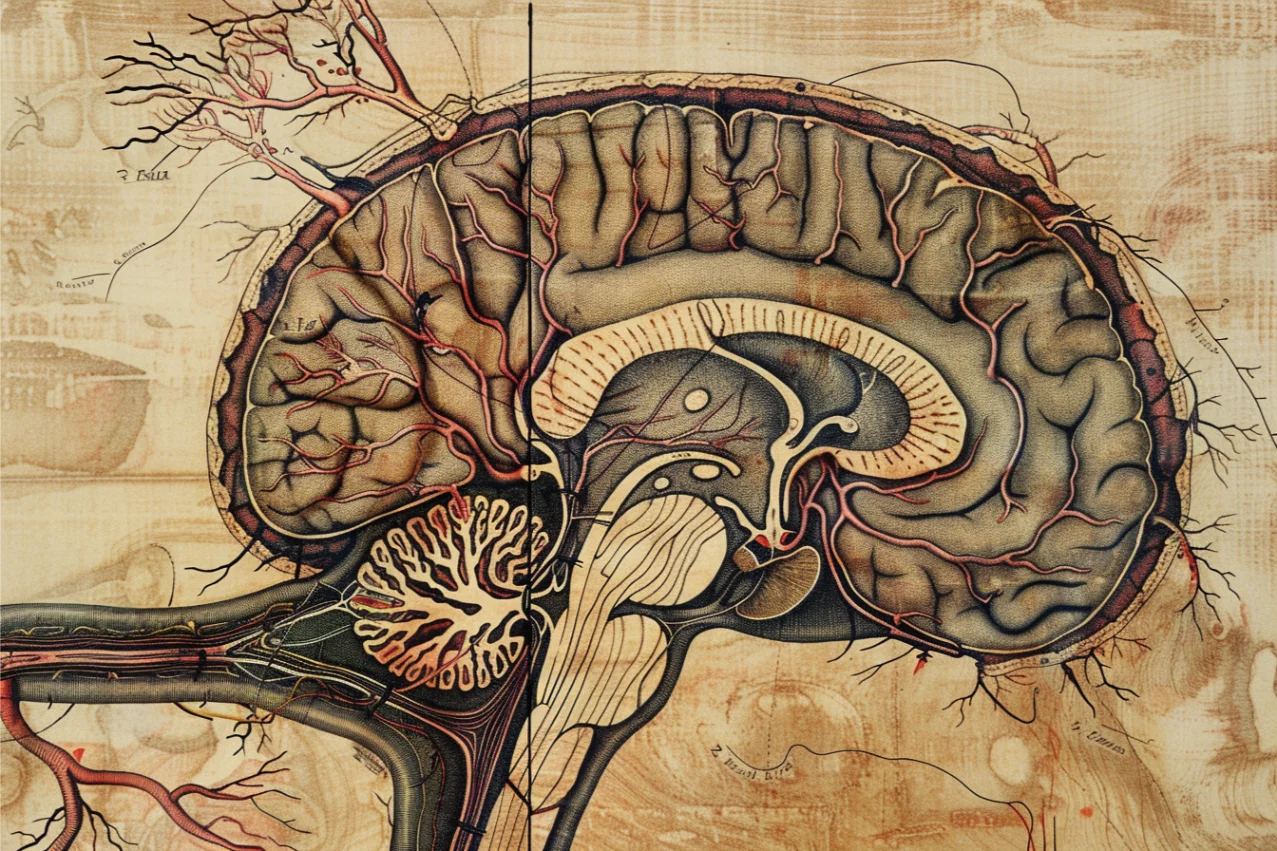The pictures we use in our articles might not show exactly what the words say. We choose these pictures to make you interested in reading more. The pictures work together with the words but don’t take their place. The words still tell you the important facts.
The cerebellar cortex, a vital region of the brain responsible for motor coordination, balance, and movement control, is a complex structure with layers of cells performing specific functions. Understanding the cerebellar cortex sheds light on how the brain coordinates our actions and ensures seamless movement. In this article, we will delve into fascinating facts about the cerebellar cortex, offering a deeper understanding of this remarkable component of our anatomy.
Key Takeaways:
- The cerebellar cortex acts as the brain's movement coordinator, assisting in activities such as walking, writing, and sports, while also contributing to attention, language, and timing.
- It continues to develop throughout childhood, shaping both motor skills and cognitive processes.
Unraveling the Cerebellar Cortex: A Closer Look
The cerebellar cortex plays a crucial role in maintaining balance, posture, and skilled voluntary movements like walking, writing, and playing sports. Composed of billions of densely packed neurons, it is divided into three distinct layers: the molecular layer, Purkinje cell layer, and granular layer, each with specific functions.
Receiving sensory input from various brain regions and the spinal cord, the cerebellar cortex integrates information to coordinate motor responses. Damage to this region can lead to motor impairments, affecting coordination, balance, and fine motor skills. Additionally, the cerebellar cortex contributes to cognitive functions such as attention, language, and working memory.
The Fascinating Structure of the Cerebellar Cortex
The cerebellar cortex boasts a highly folded structure with numerous folds known as folia, increasing its surface area to accommodate more neuronal connections. This intricate network of connections facilitates motor learning and the acquisition of new skills, refining movements and storing motor patterns for future use.
Different regions of the cerebellar cortex control distinct body parts, with the vermis region primarily overseeing axial muscles and lateral regions managing limb movements. Furthermore, the cerebellar cortex is involved in timing and rhythm, synchronizing movements for smooth coordination.
The Evolution of Understanding: From Childhood Development to Cognitive Functions
The cerebellar cortex undergoes significant development during childhood, with connections refining and strengthening to enhance motor skills and cognitive processes. Through its connections with various brain regions, it coordinates movements with sensory information, ensuring smooth and coordinated actions.
In addition to its role in motor control, the cerebellar cortex contributes to cognitive functions such as attention, language processing, and working memory. Its involvement in cognitive processes highlights the multifaceted nature of this brain region, extending beyond motor coordination.
Unveiling the Mysteries: The Cerebellar Cortex in Research and Advancements
The cerebellar cortex's intricate structure, neuronal circuitry, and extensive connectivity make it a subject of continuous research and exploration. Understanding this region is essential for treating conditions affecting movement and coordination, providing insights into the broader workings of the brain and human anatomy.
As research progresses, new discoveries about the cerebellar cortex are expected to deepen our understanding of its vital role in the nervous system. The ongoing exploration of this fascinating brain region offers promising avenues for medical advancements and scientific breakthroughs.
Conclusion: Navigating the Complexity of the Cerebellar Cortex
In conclusion, the cerebellar cortex stands as a remarkable component of the brain, essential for coordinating movement, maintaining balance, and contributing to cognitive functions. Its organized layers, intricate connections, and dynamic development underscore its significance in shaping our motor skills and cognitive processes.
As we unravel the mysteries of the cerebellar cortex, we gain valuable insights into the complexities of the brain and the fundamental mechanisms underlying human movement and cognition. With a deeper understanding of this vital brain region, we pave the way for innovative discoveries and advancements in neuroscience research.
Our commitment to delivering trustworthy and engaging content is unwavering, ensuring that each fact shared is both fascinating and credible. Join us in exploring the fascinating world of the cerebellar cortex and expanding your knowledge of the brain's intricate workings.

